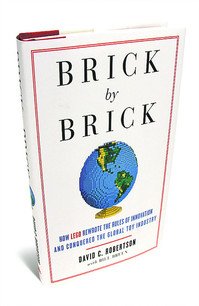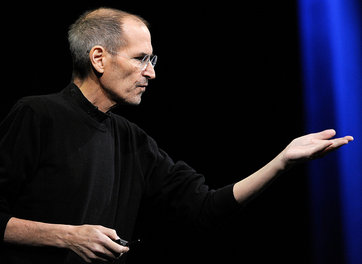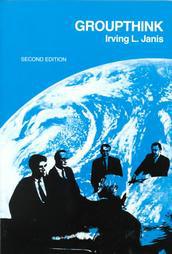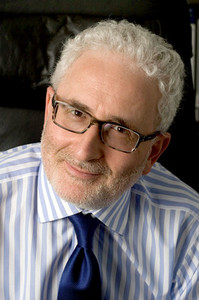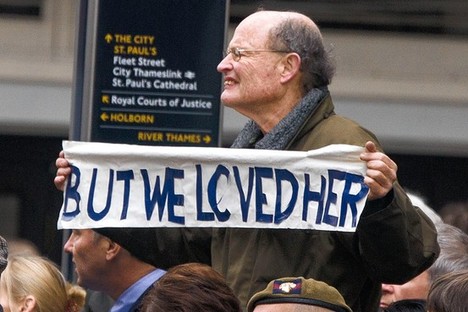(p. 121) [Marissa Mayer] conceded that to an outsider, Google’s new-business process might indeed look strange. Google spun out projects like buckshot, blasting a spray and using tools and measurements to see what it hit. And sometimes it did try ideas that seemed ill suited or just plain odd. Finally she burst out with her version of the corporate Rosebud. “You can’t understand Google,” she said, “unless you know that both Larry and Sergey were Montessori kids.”
“Montessori” refers to schools based on the educational philosophy of Maria Montessori, an Italian physician born in 1870 who believed that children should be allowed the freedom to pursue what interested them.
(p. 122) “It’s really ingrained in their personalities,” she said. “To ask their own questions, do their own things. To disrespect authority. Do something because it makes sense, not because some authority figure told you. In Montessori school you go paint because you have something to express or you just want to do it that afternoon, not because the teacher said so. This is really baked into how Larry and Sergey approach problems. They’re always asking ‘Why should it be like that?’ It’s the way their brains were programmed early on.”
Source:
Levy, Steven. In the Plex: How Google Thinks, Works, and Shapes Our Lives. New York: Simon & Schuster, 2011.
(Note: bracketed name added.)


